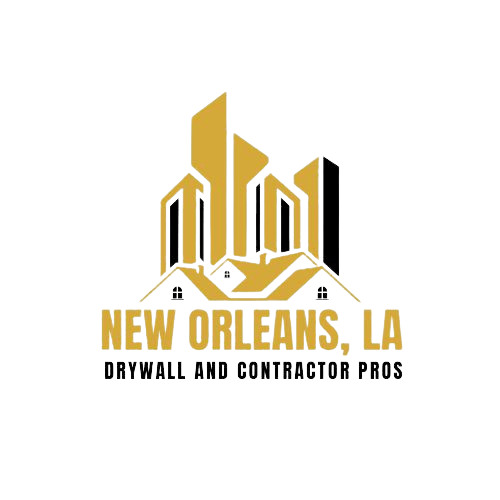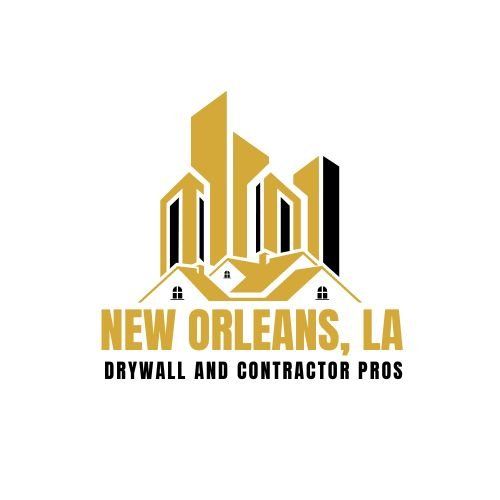Seal the Deal Against Water Damage: Prevention and Repair Tactics
Expert Guide on Repairing Drywall Water Damage and Mold Prevention for a Healthier Home
Water damage is an all-too-common issue that homeowners face, often leading to costly repairs and extensive renovations. Drywall, in particular, is highly susceptible to water damage, which can compromise the structural integrity of your home and pose serious health risks due to mold growth. This comprehensive guide will walk you through the essential tactics for preventing and repairing drywall water damage, ensuring your home remains safe, dry, and comfortable.

Understanding the Basics of Drywall Repair
Drywall, also known as sheetrock, is a popular material used in interior walls and ceilings due to its ease of installation and smooth finish. However, it is prone to damage from water intrusion, leading to issues such as cracking, bubbling, and mold growth. Identifying the signs of drywall water damage early can prevent more significant problems down the line.
Preventative Measures Against Water Intrusion
Preventing water damage begins with regular maintenance and vigilance. Inspect your home for any signs of water intrusion, especially after heavy rainfall or in known problem areas. Ensure that your gutters and downspouts are clear and directing water away from your foundation. Inside, keep an eye on plumbing fixtures and appliances for leaks that could lead to interior water damage repair needs.
Repairing Drywall Water Damage: A Step-by-Step Guide
When faced with drywall water damage, it's crucial to act quickly to mitigate further damage and prevent mold growth. Here’s a step-by-step guide to repairing your drywall:
1. Assess the Damage
Determine the extent of the water damage. If the drywall is soft or crumbling, it will need to be replaced. For minor water stains or swelling, repairs may be sufficient.
2. Remove Damaged Drywall
Carefully cut out the damaged section of drywall using a utility knife. Be sure to remove any wet insulation behind the drywall and allow the area to dry completely, which may take several days.
3. Prepare the Area for Repair
Once the area is dry, clean it thoroughly to remove any mold or mildew. Apply a mold-resistant primer to the affected area to prevent mold from water damage.
4. Install New Drywall
Measure and cut a new piece of drywall to fit the removed section. Secure it in place with drywall screws and a drill.
5. Apply Wallboard Compound
Use wallboard compound (also known as joint compound) to cover the seams between the new and old drywall. Apply mesh tape over the seams before adding the compound for added strength. Allow the compound to dry fully, then sand it smooth.
6. Prime and Paint
Apply a primer to the repaired area before painting to ensure an even finish. Once the primer is dry, paint the wall to match the rest of the room.
Mold and Water Damage Repair
Mold from water damage poses a significant health risk and should be addressed immediately. If you discover mold during your repair process, it's crucial to clean the area with a mold-killing solution before proceeding with the drywall repair. For extensive mold issues, consider hiring professional water removal services to ensure the mold is completely eradicated.
Hiring a Contractor for Water Damage Repair
In cases of severe water damage or if you're not comfortable performing repairs yourself, hiring a contractor specializing in water damage and drywall repair is advisable. A professional can assess the damage, perform necessary repairs, and take preventive measures to avoid future water damage.
Conclusion
Water damage can be a daunting issue for any homeowner, but with the right knowledge and tools, repairing drywall water damage can be a manageable task. By taking preventive measures, acting quickly to repair damage, and addressing mold concerns, you can protect your home from the adverse effects of water damage. Remember, maintaining your home's integrity against water intrusion not only preserves its value but also ensures a safe and healthy living environment for you and your family.




